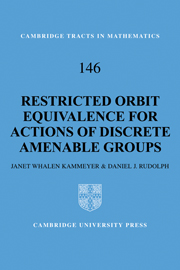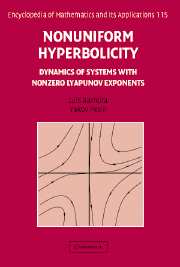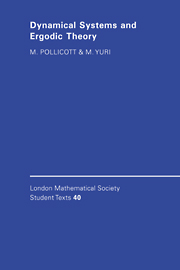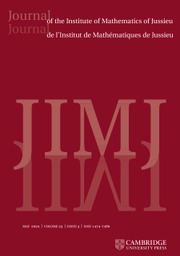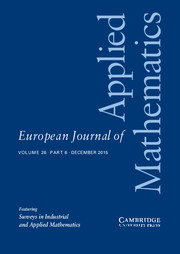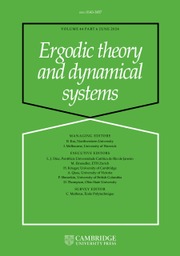Restricted Orbit Equivalence for Actions of Discrete Amenable Groups
This 2002 monograph offers a broad investigative tool in ergodic theory and measurable dynamics. The motivation for this work is that one may measure how similar two dynamical systems are by asking how much the time structure of orbits of one system must be distorted for it to become the other. Different restrictions on the allowed distortion will lead to different restricted orbit equivalence theories. These include Ornstein's Isomorphism theory, Kakutani Equivalence theory and a list of others. By putting such restrictions in an axiomatic framework, a general approach is developed that encompasses all these examples simultaneously and gives insight into how to seek further applications. The work is placed in the context of discrete amenable group actions where time is not required to be one-dimensional, making the results applicable to a much wider range of problems and examples.
- Comprehensive and modern treatment of the area
- Substantial list of examples and research directions
Reviews & endorsements
Review of the hardback: '… this profound book … gives an attractive overview and backward look at the restricted orbit equivalence theory for single transformations and other 'small' groups.' Zentralblatt für Mathematik
Product details
February 2011Paperback
9780521183857
208 pages
229 × 152 × 12 mm
0.31kg
Available
Table of Contents
- 1. Preface
- 2. Definitions and examples
- 3. The Ornstein–Weiss machinery
- 4. Copying lemmas
- 5. m-entropy
- 6. m-joinings
- 7. The equivalence theorem
- 8. Appendix.

